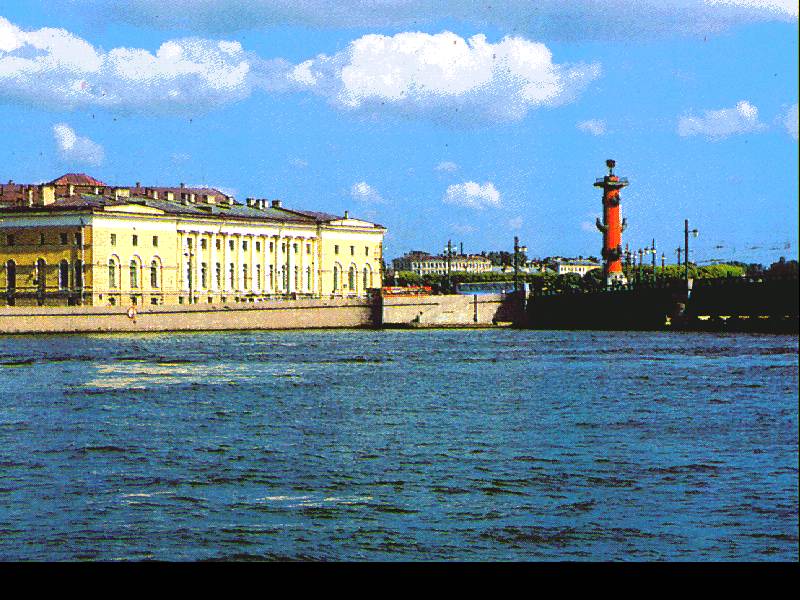

At present the Institute is the leading scientific centre of Russia conducting
studies in the fields of systematics, biodiversity, zoogeography and evolution
of all groups of the animal world. These studies are based upon collections that
are among the largest in the world including more than 50 million units collected
by many generations of Russian and foreign zoologists. Among scientists who
collected and examined the material were bering, Pallas, Przewalski, Kozlov,
Semenov-Tien-Shansky. Of exceptional value are thousands of type specimens of
animal species described at the Institute as well as in other institutions
of Russia and abroad.
The main fields of research conducted by the Zoological Institute RAS are the following:
systematics, faunal studies, zoogeography and evolution of animals of Russian
Federation and neighbouring countries, essential for the conservation of biodiversity.
Other avenues of fundamental research of the institute are evolutionary morphology;
behavior, orientation and migration of animals; biological bases of parasitism;
distribution patterns and functioning of ecosystems in the world oceans; the main regularities
of the ways of matter transformation in water bodies; structure, functioning and productivity
of water ecosystems; scientific bases of biological weed and pest control; ecological basis
of commercial maricluture.
The Institute comprises 15 scientific units: 12 laboratories, White Sea Biological Station (Cape Kartesh of the White Sea, Karelia), Biological Station in Rybachy (Kaliningrad Region), and the Zoological Museum.